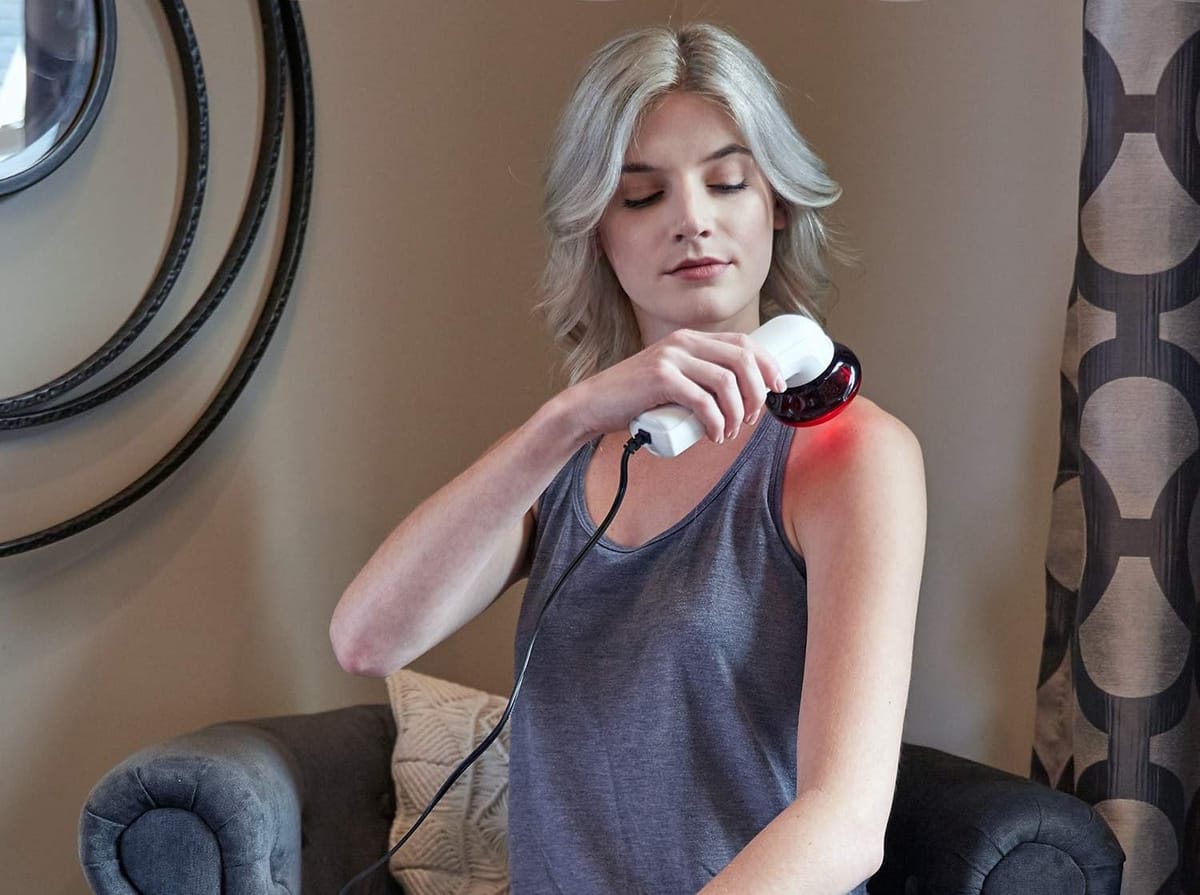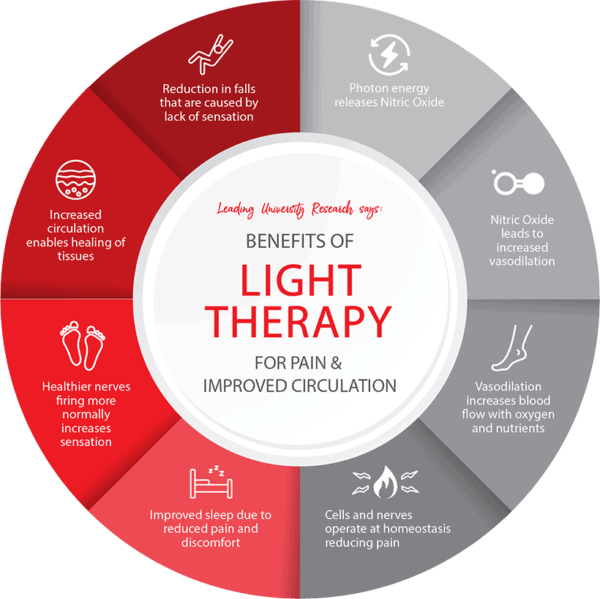Key Takeaways:
- Red light therapy offers a non-invasive solution to various skin concerns, including aging skin, acne, and wound healing.
- This therapy utilizes specific wavelengths of light to penetrate the skin and promote cellular repair and increased circulation.
- Regular use of red light therapy can lead to significant improvements in skin texture, tone, and overall health.
Red light therapy, a groundbreaking approach in dermatology and holistic health, has been gaining traction for its myriad benefits. This therapy, which uses low-wavelength red light, has shown promising results in treating various skin conditions, promoting wound healing, and even alleviating pain.
What is Red Light Therapy?

Red light therapy (RLT) uses low-level light therapy (LLLT) through light-emitting diodes (LEDs) to expose the skin to a specific range of light wavelengths. This exposure triggers biological processes that help the cells rejuvenate and repair. Dermatologists and healthcare professionals often use this treatment to improve skin health and as a part of the healing protocols for various conditions.
How Red Light Therapy Works
The mechanism behind red light therapy is its ability to stimulate collagen production, which is crucial for maintaining the elasticity and smoothness of the skin. The therapy's wavelengths penetrate the skin to a depth of about 5 millimeters, reaching the mitochondria of the cells. This penetration encourages increased production of adenosine triphosphate (ATP), the energy currency of the cell, which in turn boosts cellular metabolism and regeneration.
Skin Rejuvenation and Anti-Aging
One of the primary red light therapy benefits is its effectiveness in skin rejuvenation. Regular use of red light therapy can help diminish fine lines and wrinkles, improve skin texture, and enhance skin complexion. The process not only helps in reducing skin roughness but also aids in increasing intradermal collagen density, making the skin appear more youthful.
Wound Healing Capabilities
Red light therapy accelerates the healing process of the skin by reducing inflammation and increasing microcirculation, which brings more oxygen and nutrients to the damaged tissues. This is particularly beneficial for individuals suffering from wounds that are slow to heal due to diabetic conditions or other health issues.
Treating Skin Conditions Like Acne
Acne, a common skin concern for many, can also be effectively managed through red light therapy. The treatment helps reduce inflammation and can also target acne-causing bacteria, reducing breakouts and improving skin clarity. This is often combined with blue light therapy for enhanced effects.
Enhancing Mental Health: The Psychological Benefits of Red Light Therapy
Red light therapy may offer more than just physical healing; it's making waves in the field of mental health as well. Studies suggest that exposure to red light can improve mood and decrease symptoms of depression. This is attributed to the therapy's ability to stimulate mitochondrial function in brain cells, similar to its effects on skin cells, enhancing energy production and potentially leading to improved brain function. This non-invasive treatment, requiring just a few minutes per session, could be a beacon of hope for those battling mood disorders.
Moreover, the calming effects of red light exposure are not to be underestimated. Users often report a significant reduction in anxiety levels after regular sessions. This could be linked to the reduction in cortisol levels and increase in circulation, promoting a sense of peace and well-being. As mental health professionals continue to explore these benefits, red light therapy devices could become a common non-pharmaceutical intervention in psychological care, providing a serene oasis in the bustling lives of many.
Optimizing Treatment Settings: Tailoring Red Light Therapy for Maximum Benefits
Red light therapy devices often come equipped with three different treatment settings, allowing users to customize their therapy sessions according to specific health and skin needs. This flexibility ensures that individuals can adjust the intensity and duration of exposure to red and near-infrared light, optimizing the therapeutic outcomes. Whether it's for skin rejuvenation, pain relief, or mental health improvement, these settings provide a personalized approach to wellness, enhancing the efficacy of each session.
Moreover, the inclusion of options like low-level laser therapy and intense pulsed light within these devices broadens the scope of conditions that can be effectively treated. From accelerating wound healing to treating chronic inflammation, the ability to fine-tune the device settings empowers users to target different issues with precision. This adaptability not only makes red light therapy a versatile tool in preventive health strategies but also increases its appeal as a non-invasive treatment option for various ailments.
Enhancing Athletic Performance and Recovery
Red light therapy, often referred to as low-power laser therapy, is gaining traction among athletes for its potential to boost performance and accelerate recovery. By using a red light therapy device, athletes expose their muscles to near-infrared light treatment, which is believed to reduce inflammation and muscle fatigue. This non-invasive treatment supports quicker recovery from intense physical activities, allowing athletes to train harder and more frequently. Studies suggest that this method can significantly enhance muscle performance, reduce soreness, and increase endurance.
Moreover, incorporating LED light therapy into regular training routines can potentially strengthen muscle tissue and increase resilience to injury. This application of red light therapy works by penetrating deep into the tissues to improve circulation and oxygenation, which are crucial for muscle repair and growth. Athletes ranging from runners to cyclists could benefit from at-home devices or in-office treatments, making this therapy a versatile option for those looking to enhance their athletic performance.
Integration of Red Light Therapy in Dermatological Practices
Red light therapy, often referred to as photobiomodulation, is gaining traction among board-certified dermatologists for its non-invasive treatment approach to various skin conditions. By utilizing light-emitting diodes (LEDs), this therapy stimulates cellular activity, promoting healing and rejuvenation. Dermatologists are increasingly incorporating this FDA-approved technology into their practices, offering it as an adjunct to traditional treatments for acne, rosacea, and eczema. The appeal lies in its ability to treat skin conditions without harsh chemicals or invasive procedures, making it an attractive option for patients with sensitive skin.
The effectiveness of red light therapy in professional settings underscores its potential as a staple in dermatological care. In-office treatments are typically more powerful and precise compared to at-home devices, allowing for quicker and more noticeable results. Patients report improvements in dull skin and a reduction in acne-causing bacteria, attributing these changes to the consistent and expertly administered sessions. As more dermatology clinics adopt this technology, the distinction between in-office and at-home treatment quality is expected to drive ongoing advancements in device efficacy and safety.
Consumer Trends: At-Home Red Light Therapy Devices
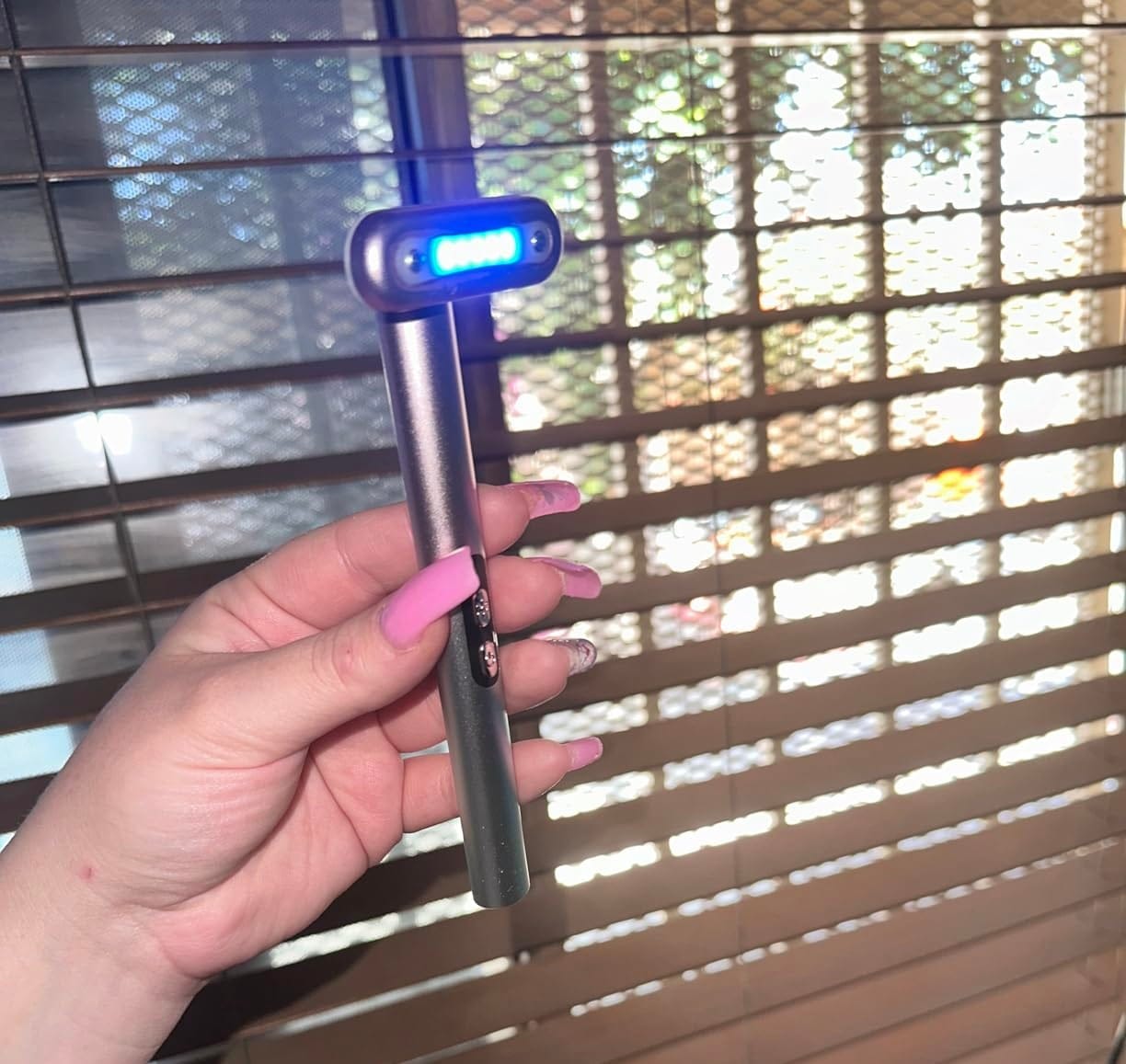
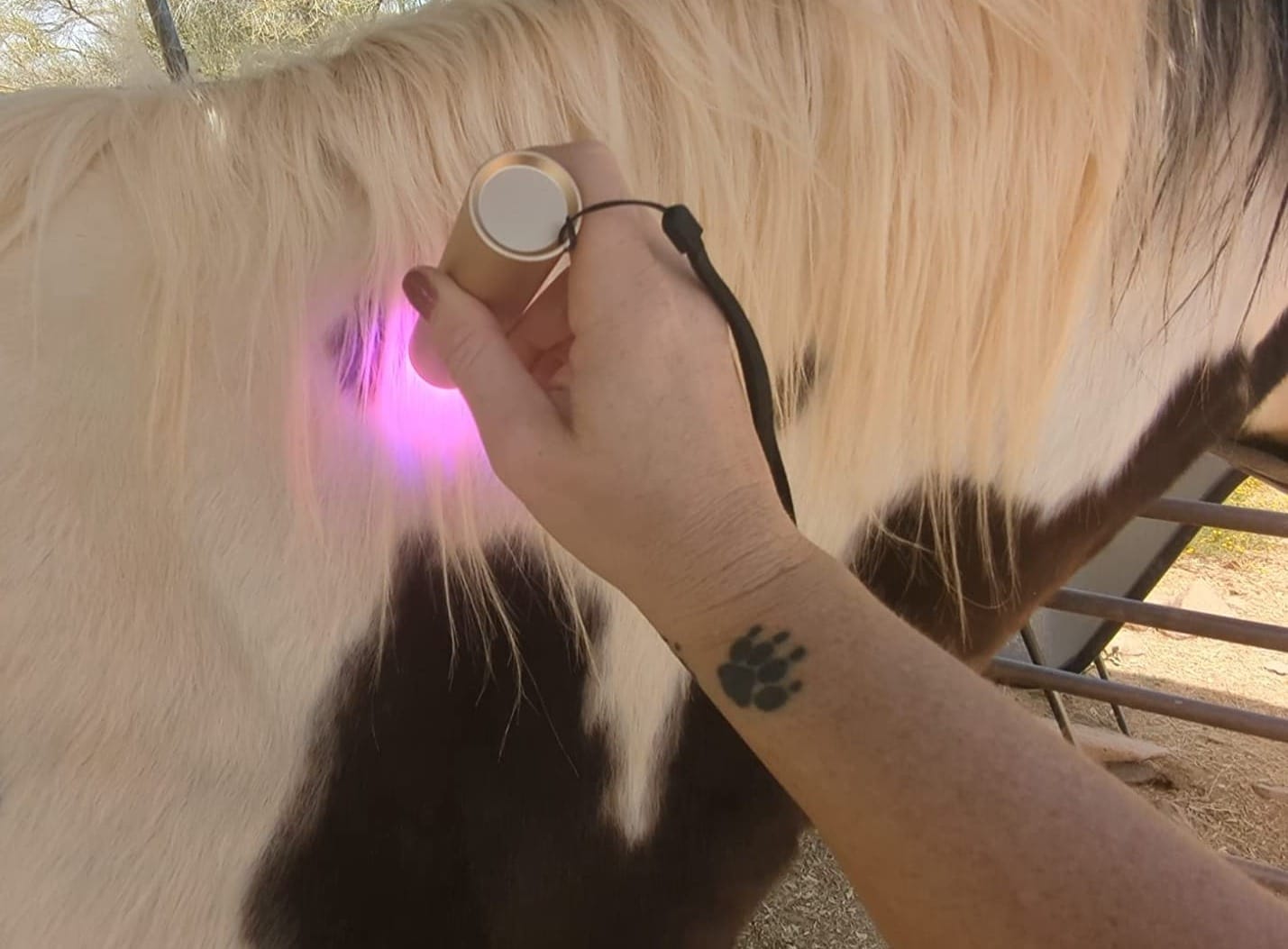
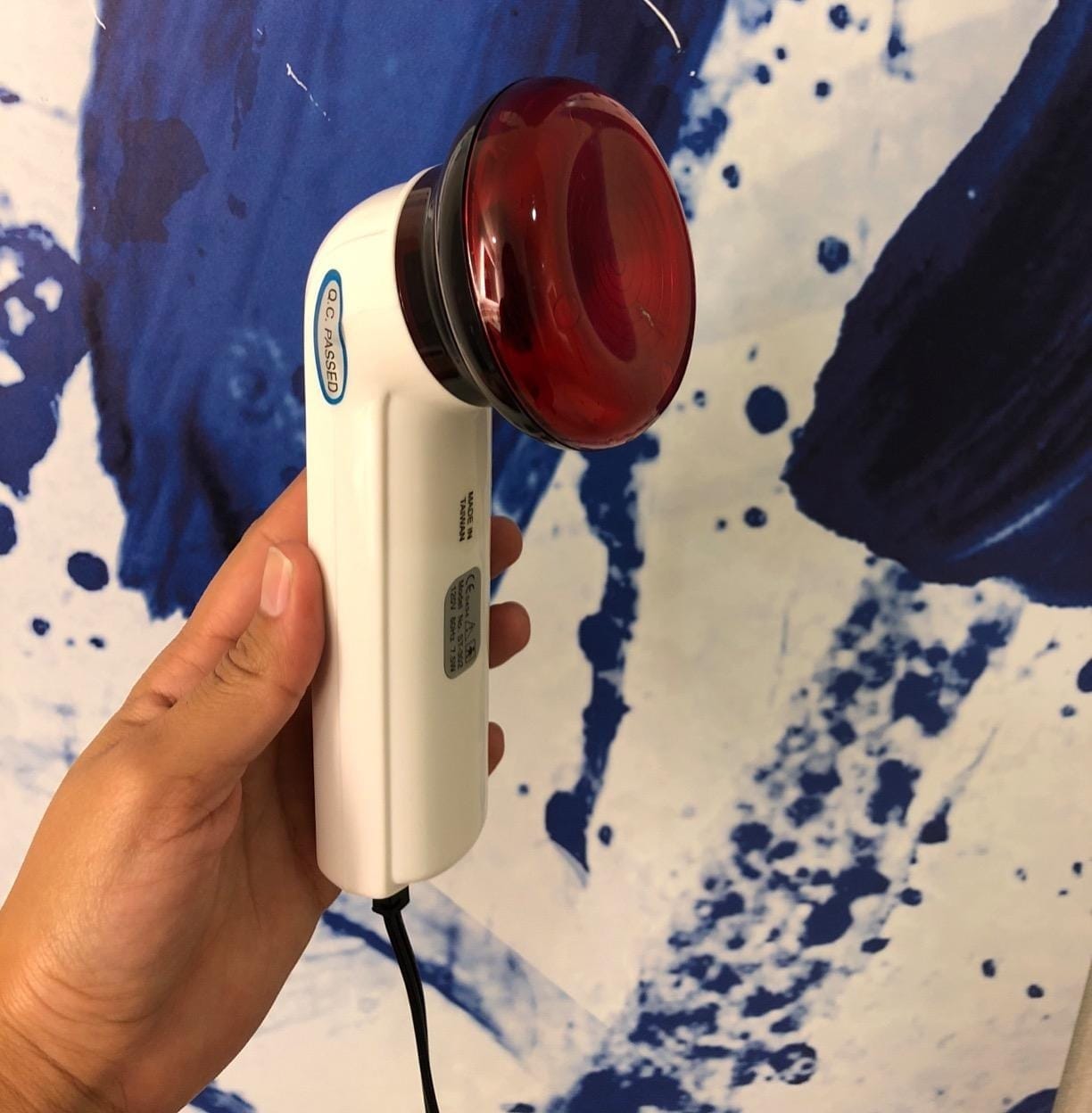
The rise of at-home devices for red light therapy marks a significant shift in how individuals approach skin care and treatment. These devices, often FDA-approved, offer a convenient and cost-effective solution for users looking to treat acne, stimulate hair growth, and rejuvenate dull skin from the comfort of their homes. The market for these products is expanding as consumers become more educated on the benefits of red light therapy and seek methods to maintain dermatologist-level care routines without frequent office visits.
However, the effectiveness of at-home red light therapy devices hinges on proper usage and adherence to treatment protocols. Users are advised to follow manufacturer guidelines closely and consult with a healthcare provider to maximize benefits. This ensures that the treatment addresses specific concerns such as reducing inflammation or targeting acne-causing bacteria effectively. As technology advances, these devices are becoming more sophisticated, offering settings that were once only available in professional dermatological equipment, thus bridging the gap between professional and personal care practices.
Red Light Therapy and Neurological Health
Emerging research suggests that red light therapy may offer benefits beyond the skin, particularly in treating neurological conditions. By applying a red light device, users can stimulate brain cells using specific wavelengths within the visible spectrum, which may promote nerve repair and neuroprotection. This form of therapy, often administered through LED light therapy, is being studied for its potential to improve cognitive functions, mood, and sleep patterns, which are crucial for overall brain health.
Board-certified dermatologists and neurologists are exploring the use of FDA-approved red light therapy devices to treat conditions like traumatic brain injury (TBI) and neurodegenerative diseases. The non-invasive nature of red light therapy makes it an appealing option for patients and healthcare providers alike. As research progresses, this could pave the way for broader applications in neurological care, offering a beacon of hope for those affected by such challenging conditions.
Scientific Backing and Clinical Studies: Establishing the Efficacy of Red Light Therapy
Recent advancements in laser medicine have seen a significant increase in the number of clinical studies focusing on the efficacy of red light therapy. A notable split-face clinical study highlighted its impact on intradermal collagen density increase, showcasing substantial improvements in skin texture and firmness. These studies are crucial as they provide quantifiable evidence supporting the claims of improved skin appearance and anti-aging effects attributed to red light therapy.
Furthermore, research conducted by board-certified dermatologists has demonstrated that red light therapy can effectively reduce acne-causing bacteria and scar tissue, leading to clearer skin. These findings are vital for validating red light therapy as a reliable form of treatment within the scientific community and for encouraging more widespread adoption of LED therapy in both at-home devices and in-office treatments. By continuing to support these studies, the medical community can better understand and expand the applications of red light therapy in health and skincare.
Red Light Therapy in the Fight Against Skin Cancer
The potential of red light therapy in treating skin conditions extends to the prevention and management of skin cancer. Photodynamic therapy, a form of red light therapy, uses light-sensitive drugs activated by light energy to destroy cancer cells. This FDA-approved technique is particularly effective for treating superficial skin cancers and is considered a cornerstone in the field of dermatological oncology. By targeting only the affected cells, this treatment minimizes damage to healthy skin, making it a preferred choice for many dermatologists.
Continuing research and clinical trials are essential to fully understand the scope of red light therapy in oncology. A recent split-face clinical study highlighted its efficacy in the noninvasive treatment of basal cell carcinoma, the most common type of skin cancer. These studies often point to an increase in intradermal collagen density, which not only aids in cancer treatment but also promotes healthier, more resilient skin. As this field evolves, red light therapy could become a key player in integrated cancer treatment plans, offering a gentle yet effective option for patients.
Pain Relief and Inflammation Reduction
Beyond its skin benefits, red light therapy is also known for its ability to relieve pain and reduce inflammation. Conditions like carpal tunnel syndrome, muscle strains, and even chronic inflammation can be alleviated with regular red light therapy sessions, making it a versatile tool in pain management.
Hair Growth Stimulation
Emerging treatment options for hair loss also include red light therapy. The therapy stimulates the hair follicles, promoting regrowth and preventing further hair loss. This is a boon for those dealing with pattern baldness or thinning hair.
Safety and Side Effects
Red light therapy is celebrated for its safety and non-invasive nature. Unlike UV light, red light therapy does not cause damage to the skin surface. Most users experience no side effects, although a small percentage might notice mild redness immediately after treatment.
Choosing the Right Device
When considering red light therapy, it’s crucial to select FDA-approved devices. Whether for at-home use or in-office treatments, ensuring the device meets regulatory standards is key to both safety and efficacy.
Future of Red Light Therapy
With more clinical trials and research, the scope of red light therapy is expanding. It's being explored for its potential in treating brain disorders, improving mental health, and even as an adjunct therapy in cancer treatments.
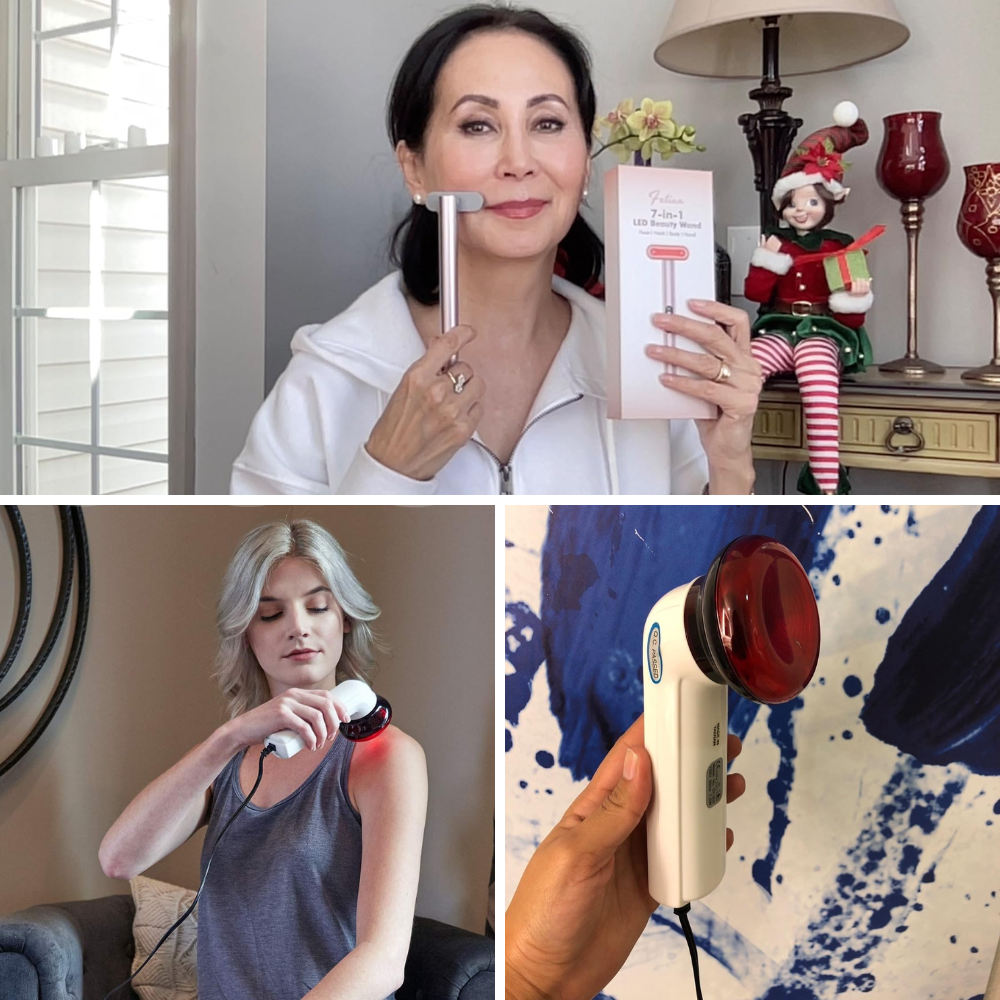
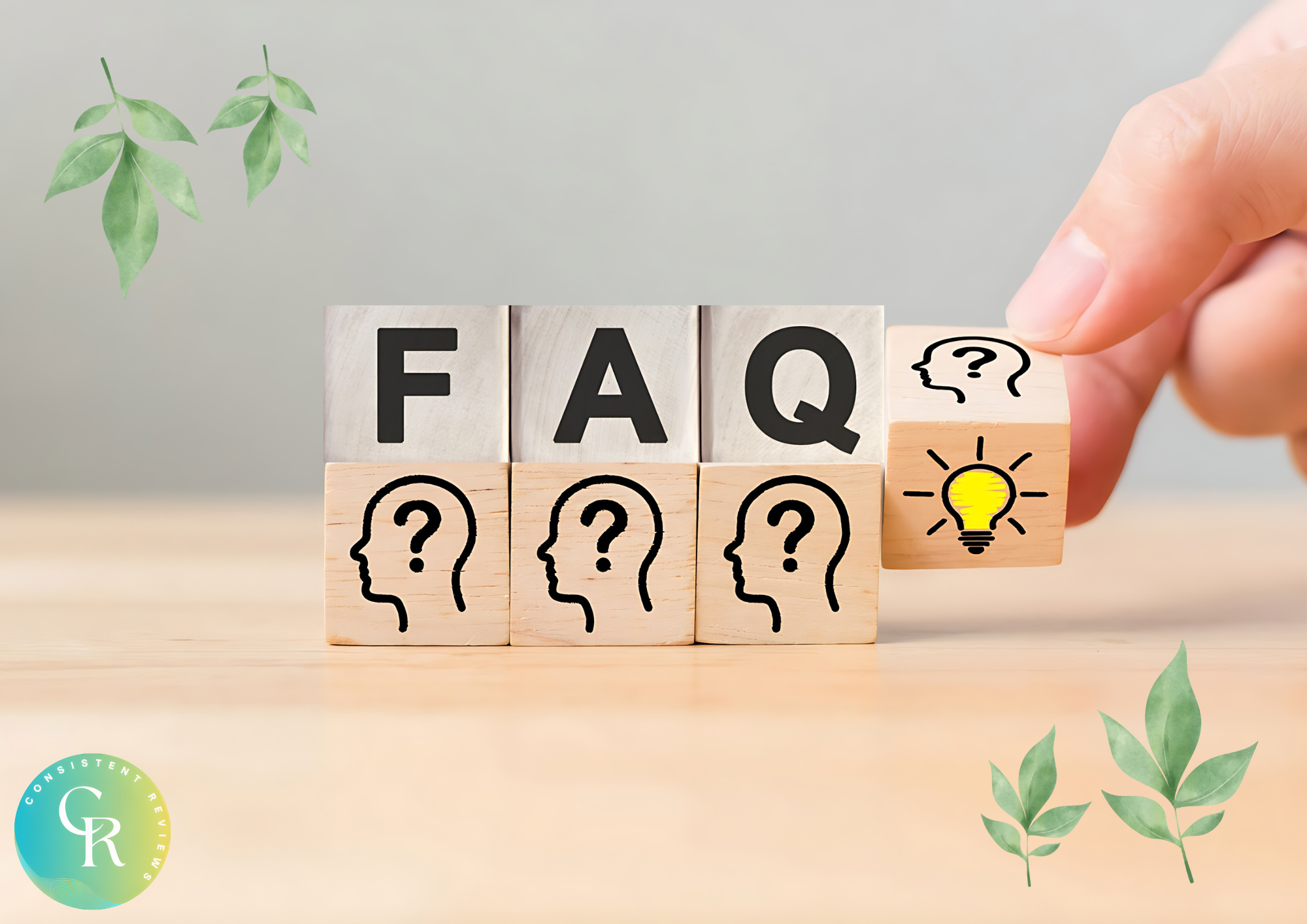
Q1: How often should I use red light therapy for skin rejuvenation?
A1: For optimal results, it is recommended to undergo red light therapy sessions two to three times per week. However, consult with a board-certified dermatologist to tailor a schedule that fits your specific skin needs.
Q2: Can red light therapy be used alongside other treatments?
A2: Yes, red light therapy can be effectively combined with other treatments such as blue light therapy or topical creams for enhanced effects. Always discuss combination treatments with your healthcare provider to ensure compatibility.
Q3: Is red light therapy suitable for all skin types?
A3: Yes, red light therapy is generally safe for all skin types, including darker skin tones. However, individual conditions and sensitivities should always be considered. Consultation with a dermatologist is recommended to address any specific concerns.

Red light therapy stands out as a versatile, effective, and non-invasive treatment option that spans dermatology, pain relief, and even mental health care. Its ability to improve skin texture, accelerate healing, relieve pain, and stimulate hair growth, among other benefits, makes it a valuable treatment modality. As research continues to evolve, the potential applications of red light therapy are likely to expand, offering new hope in various fields of medicine and wellness.
